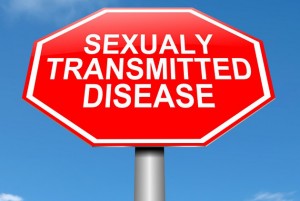Gonorrhea in Utah Soars Especially Among Women

The STD gonorrhea has skyrocketed in Utah causing concern over the growing cases since 2011.
From 2011 to 2014, the statewide rate of gonorrhea jumped from 9.8 to 48.3 cases per 100,000 people.
Health department STD epidemiologist Joel Hartsell said the increase is higher along the Wasatch front and among women. Utah’s gonorrhea diagnoses increased among men was 296 percent but among women it was triple that with 714 percent.
The increase among women is unusual and of great concern, said Hartsell. “Historically the disease was prominent among men who had sex with men but it has been appearing more and more frequent in heterosexual men and women.”
The main age group that has been affected for both men and women is 15-24 with it still lingering in the higher rates from ages 25-29.
Hartsell commented as well that it was interesting to see how the increases varied from department to department meaning that some areas, based on their other health risk factors and rates actually change the rate of the spread of STD’s.
Hartsell also mentioned some of the reasons that women may have higher rates. “Women are less likely to show symptoms of gonorrhea in the first few months after infection meaning they could unknowingly spread the disease and women are also more likely to develop pelvic inflammatory disease, a painful condition that could lead to infertility.”
“Anyone who has multiple sexual partners should be tested for the disease, which can cause burning discharge and abdominal pain, ” said Hartsell. Also that based off a report from last year that women diagnosed with gonorrhea were more likely to have been incarcerated or methamphetamine users.
The Utah Department of Health has been doing what they can to educate health practitioners about the increase but is operating on limited funds to really get the word out, Hartsell said.
Because Utah relies on federal funding for the operation of the health department, it currently does not have enough money to be really proactive for STD intervention programs.






